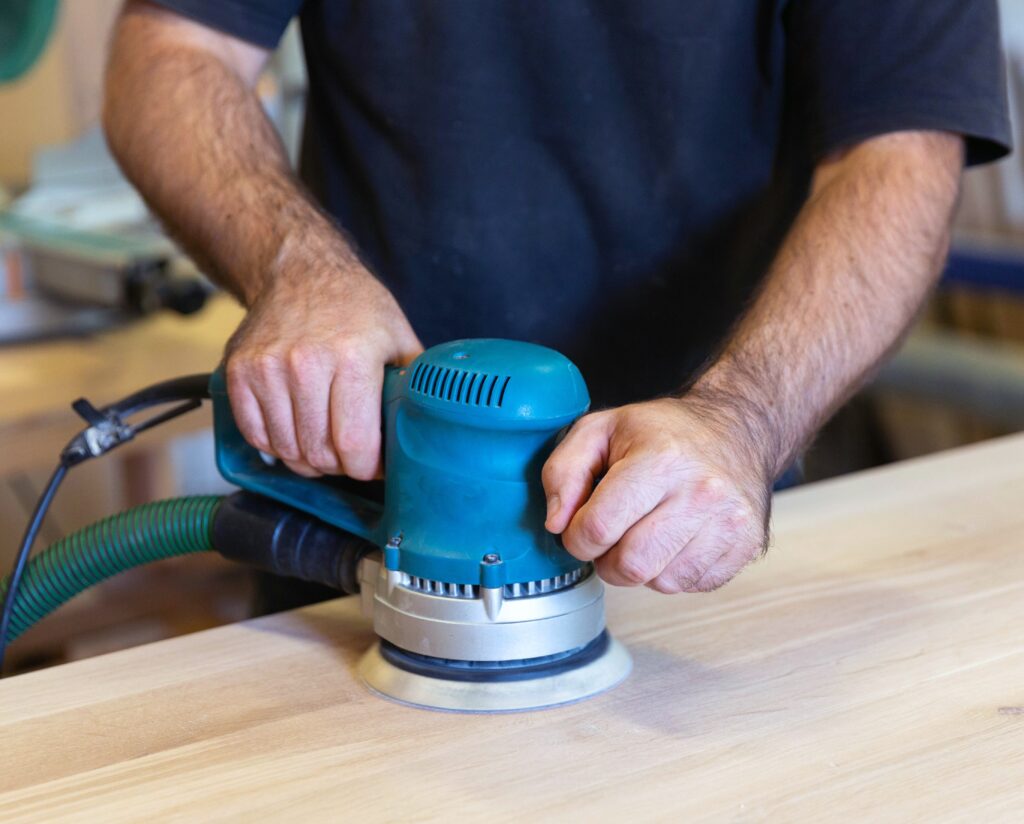
The best sandpaper for woodworkers depends on the task at hand. Here are some general guidelines:
- Grit: The grit of the sandpaper refers to the size of the abrasive particles on the paper. The higher the grit number, the finer the sandpaper. For most woodworking tasks, you’ll want to use a range of grits, from coarse to fine. For example, you might start with a 60-grit sandpaper to remove rough spots, then move to a 120-grit paper for smoothing, and finish with a 220-grit paper for a final sanding.
- Type: There are two main types of sandpaper: open-coat and closed-coat. Open-coat sandpaper has larger gaps between the abrasive particles, which makes it less likely to clog with sawdust. This type of sandpaper is good for rough sanding tasks. Closed-coat sandpaper has a denser pattern of abrasive particles, which makes it better for fine sanding tasks.
- Material: Sandpaper can be made from a variety of materials, including aluminum oxide, silicon carbide, and zirconia alumina. Aluminum oxide is the most common material and is suitable for most woodworking tasks. Silicon carbide is harder and more durable, making it better for sanding harder materials like metal or glass. Zirconia alumina is the most durable material and is best for heavy-duty sanding tasks.
In summary, the best sandpaper for woodworkers depends on the specific task at hand. It’s always a good idea to have a range of grits and types of sandpaper on hand to tackle different projects.












 Do Not Sell My Personal Information
Do Not Sell My Personal Information